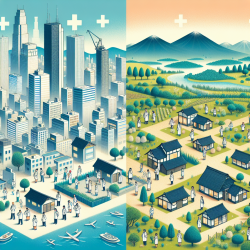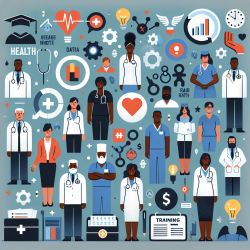Understanding the Impact of Urbanization on Physician Distribution
In the ever-evolving landscape of healthcare, understanding the distribution of physicians is crucial for ensuring equitable access to medical services. The research article titled Urbanization and Physician Maldistribution: A Longitudinal Study in Japan sheds light on the complex dynamics of physician distribution in relation to urbanization. This study provides valuable insights that can help practitioners improve their skills and encourage further research in the field.
Key Findings from the Study
The study, conducted over a decade from 1998 to 2008, revealed several critical findings:
- The overall number of practicing physicians increased by 13.6%, yet the geographical distribution remained unequal.
- Urban areas experienced population growth, while rural areas saw a decline, affecting the physician-to-population ratios.
- Despite an increase in physician numbers, small rural areas still faced challenges in maintaining adequate medical resources.
Implementing Research Outcomes
Practitioners can leverage these findings to enhance their approach to healthcare delivery:
- Focus on Rural Areas: Develop targeted strategies to attract and retain physicians in rural areas. This could include offering incentives, improving infrastructure, and providing professional development opportunities.
- Utilize Technology: Embrace telemedicine and online therapy services to bridge the gap in healthcare access for rural populations. Companies like TinyEYE offer innovative solutions to connect patients with healthcare professionals remotely.
- Collaborate with Policymakers: Engage with government bodies to advocate for policies that address the maldistribution of physicians. Highlight the importance of equitable healthcare access for all communities.
Encouraging Further Research
The study underscores the need for ongoing research to explore the impact of socioeconomic factors on physician distribution. Practitioners are encouraged to delve deeper into:
- The role of urbanization in shaping healthcare access and outcomes.
- The effectiveness of policy interventions in redistributing medical resources.
- The potential of technology to mitigate disparities in healthcare delivery.
Conclusion
Understanding the interplay between urbanization and physician distribution is essential for creating a more equitable healthcare system. By implementing the outcomes of this research and pursuing further studies, practitioners can contribute to a future where healthcare access is not determined by geographic location.
To read the original research paper, please follow this link: Urbanization and physician maldistribution: a longitudinal study in Japan.










